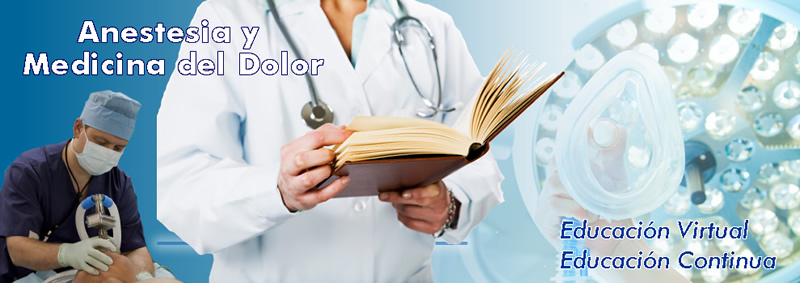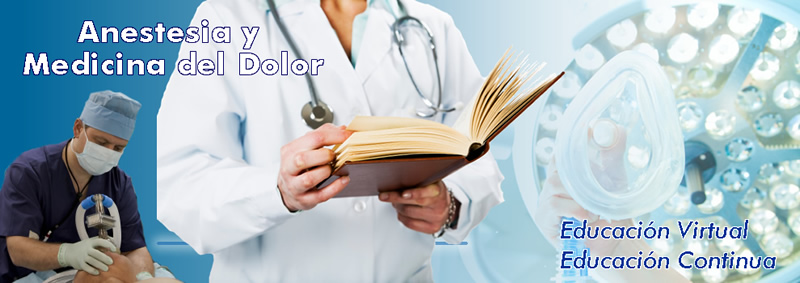http://jointsolutions-ortotraumadeportiva.blogsyte.com/index.php/2018/10/05/evidencia-limitada-de-que-la-presencia-de-un-hematoma-en-los-huesos-solo-afecta-el-resultado-clinico-del-ligamento-cruzado-anterior-reconstruido-quirurgicamente-una-revision-sistematica/
https://jisakos.bmj.com/content/2/4/186.2?hootPostID=83a1d7a26e4dc8b24ba7a6e3635b2fac
La lesión del ligamento cruzado anterior (LCA) puede ser una lesión devastadora que, sin cirugía, puede conducir a una inestabilidad crónica. Aunque la reconstrucción quirúrgica recrea la restricción estabilizadora de la LCA nativa, puede seguir el dolor postoperatorio y la artrosis posterior.
Aunque la lesión osteocondral se identifica con frecuencia después de la lesión de la LCA, la presencia de un hematoma en los huesos por sí sola no parece afectar significativamente el resultado clínico de las LCA reconstruidas quirúrgicamente. Sin embargo, factores como la lesión del cartílago articular y la alteración de la carga articular pueden ser variables importantes para futuras investigaciones.
Title
Limited evidence that the presence of a bone bruise alone affects the clinical outcome of surgically reconstructed anterior cruciate ligaments: a systematic review
Published in
JISAKOS, July 2017
DOI 10.1136/jisakos-2016-000117
Pubmed ID
28845301
Authors
Brian E Walczak, Cody Lukes, Ned Amendola, Warren R Dunn
Copyright information: © International Society of Arthroscopy, Knee Surgery and Orthopaedic Sports Medicine (unless otherwise stated in the text of the article) 2017. All rights reserved.
Online: ISSN 2059-7762Print: ISSN 2059-7754
Copyright © American Federation for Medical Research
京ICP备15042040号-3
https://jisakos.bmj.com/content/2/4/186.2?hootPostID=83a1d7a26e4dc8b24ba7a6e3635b2fac
La lesión del ligamento cruzado anterior (LCA) puede ser una lesión devastadora que, sin cirugía, puede conducir a una inestabilidad crónica. Aunque la reconstrucción quirúrgica recrea la restricción estabilizadora de la LCA nativa, puede seguir el dolor postoperatorio y la artrosis posterior.
Aunque la lesión osteocondral se identifica con frecuencia después de la lesión de la LCA, la presencia de un hematoma en los huesos por sí sola no parece afectar significativamente el resultado clínico de las LCA reconstruidas quirúrgicamente. Sin embargo, factores como la lesión del cartílago articular y la alteración de la carga articular pueden ser variables importantes para futuras investigaciones.
Title
Limited evidence that the presence of a bone bruise alone affects the clinical outcome of surgically reconstructed anterior cruciate ligaments: a systematic review
Published in
JISAKOS, July 2017
DOI 10.1136/jisakos-2016-000117
Pubmed ID
28845301
Authors
Brian E Walczak, Cody Lukes, Ned Amendola, Warren R Dunn
Copyright information: © International Society of Arthroscopy, Knee Surgery and Orthopaedic Sports Medicine (unless otherwise stated in the text of the article) 2017. All rights reserved.
Online: ISSN 2059-7762Print: ISSN 2059-7754
Copyright © American Federation for Medical Research
京ICP备15042040号-3


 🤔
🤔 😷
😷







